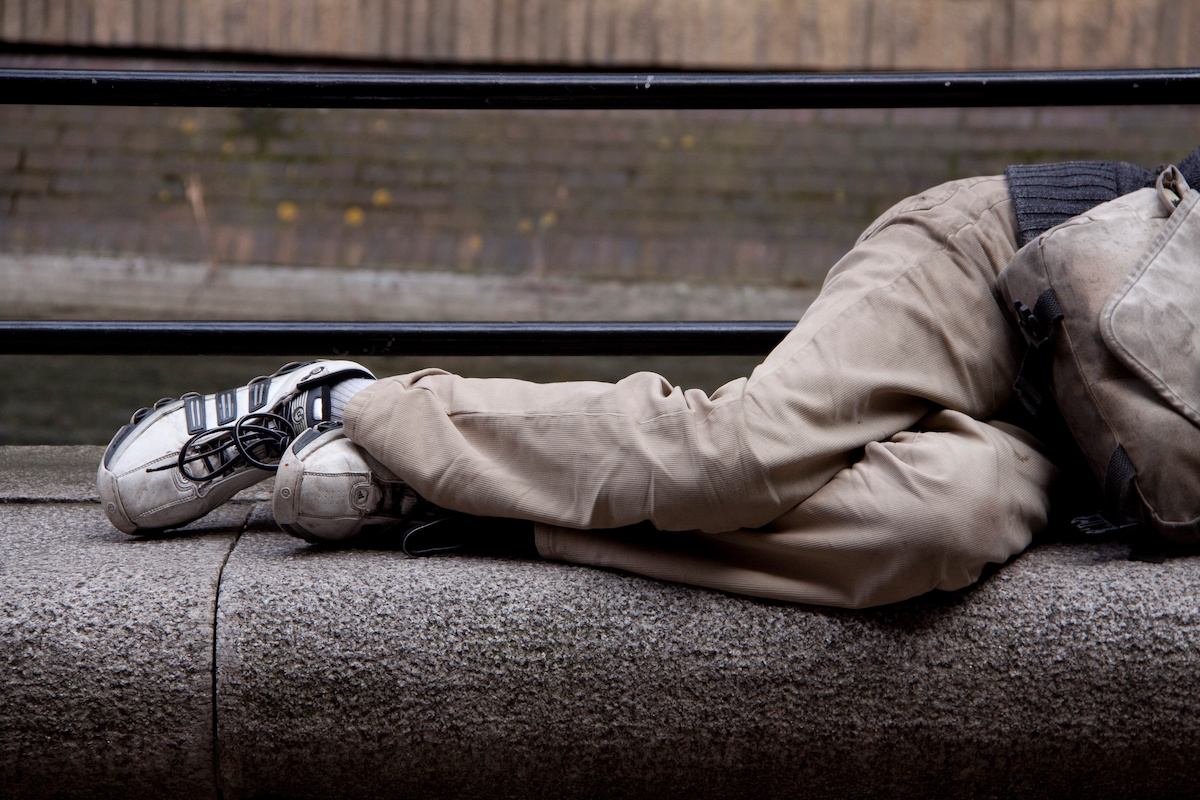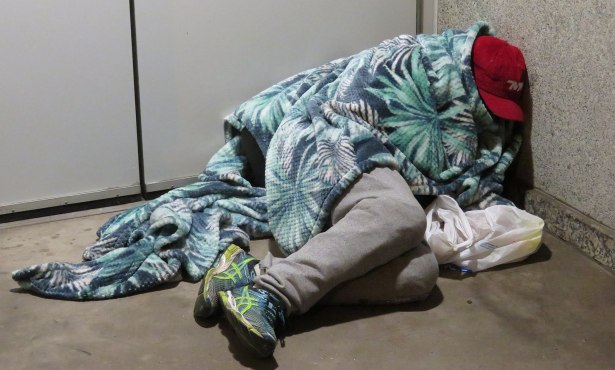BeWell Wins $9 Million Grant for Two Years of Interim Homeless Housing
Santa Barbara County's Behavioral Wellness Looks to House Clients

Santa Barbara County is one of 12 California counties granted a total of $1.5 billion to create “bridge housing.” This transitional housing is for “people experiencing homelessness who have serious behavioral health conditions, including serious mental illness (SMI) and/or substance use disorder (SUD),” and the county’s Department of Behavioral Wellness (BeWell) will use its $9 million portion for new temporary beds and to recover beds lost in previous years.
The temporary funding adds two years of interim housing facilities, food, job assistance, and other programs that help the most vulnerable of the community to transition out of homelessness. As of now, BeWell has 42 existing beds for the population of mentally ill individuals and is discussing where the new beds will be placed, said Suzanne Grimmesey, chief of community engagement for BeWell. Priority is given to those participating in the CARE court (Community Assistance, Recovery, and Empowerment), under the guidelines from the granting agency, the state Behavioral Health Bridge Housing program.
Among the homeless in Santa Barbara County, 30 percent suffered from a serious mental illness and 26 percent were struggling with substance use disorders, according to data from the 2023 Point-in-Time Count. The annual survey, which measures the prevalence of homelessness in each community, located a total of 1,887 homeless individuals this January, which was 100 persons fewer than in 2022. The data collected amplifies the need for this type of funding.
Information gathered during the Point-in-Time Count also debunks some urban myths about homeless people. One myth is that people are drawn to certain areas because of the services offered. This year’s reports that “77 percent of those unsheltered were living in Santa Barbara County when they first became unhoused, 74 percent report that this was their last permanent address, and 62 percent have lived in Santa Barbara for over 10 years.”
The Bridge Housing program funding is temporary and can make a difference on the lives of some individuals, but what happens after the funding is all used? Grimmesey emphasized how important good quality housing was for the community she serves. “It is incredibly crucial to expand more safe living situations to help people and their recovery.”



